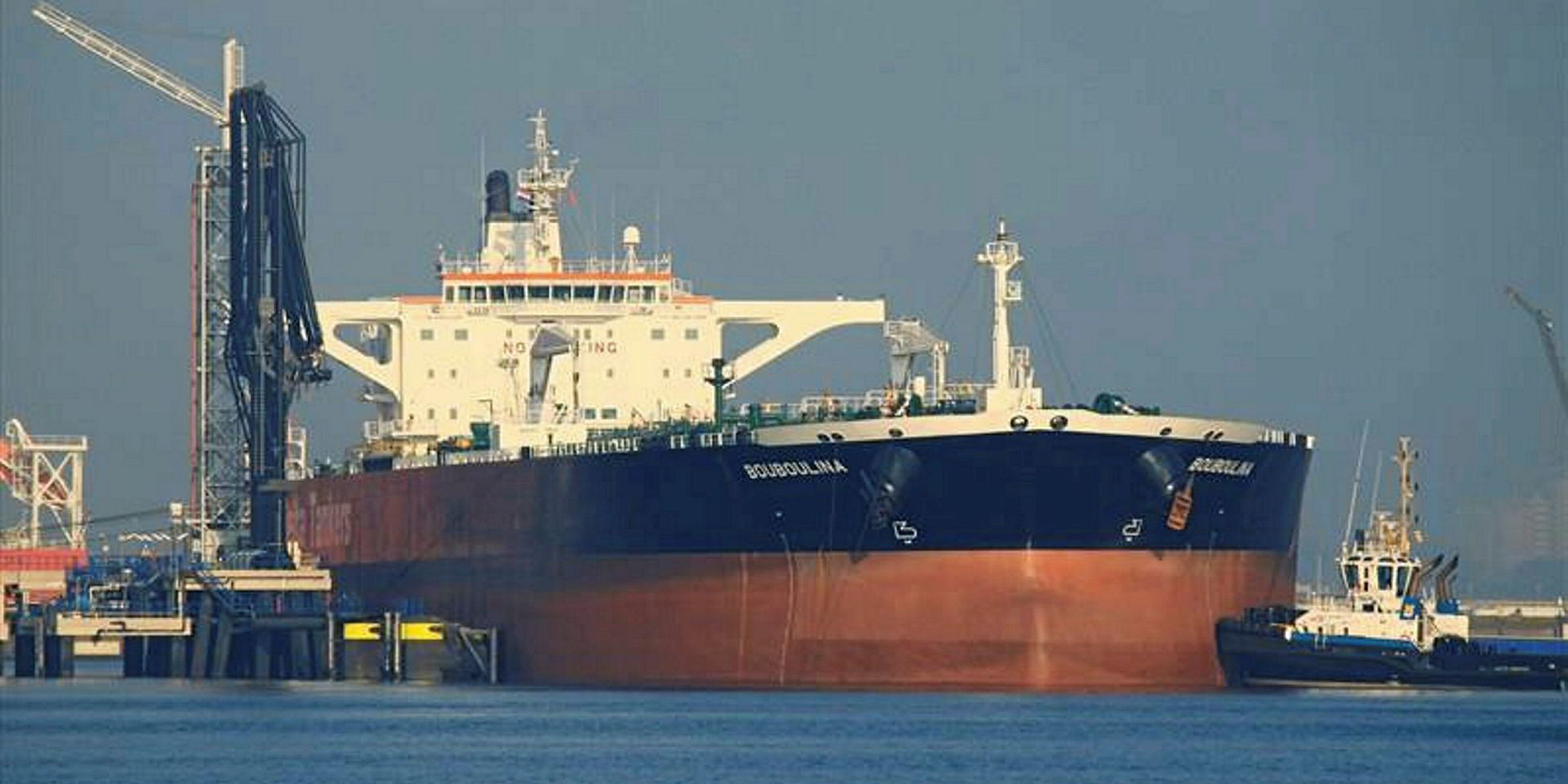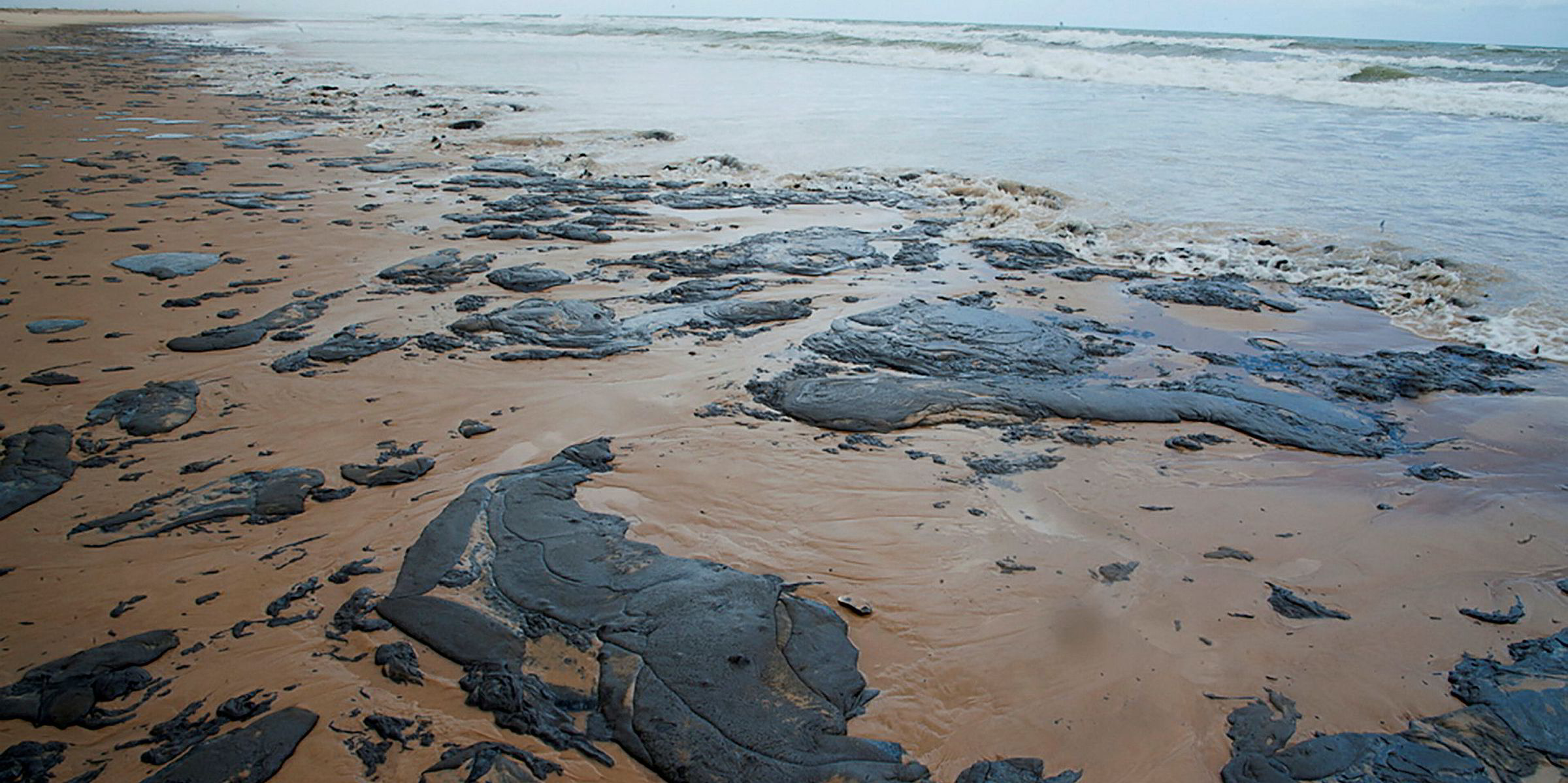A Brazilian researcher has identified the VLCC suspected as the possible cause of an oil spill in July that is still washing up on Brazil’s shores.
Humberto Barbosa, coordinator of the Satellite Image Processing and Analysis Laboratory (Lapis) at the Federal University of Alagoas, named the 300,000-dwt VLCC Voyager I (built 2003) in a hearing in the Brazilian senate on Thursday.
The vessel, which became the latest in investigations that previously had targeted several other vessels as potential suspects, is owned by Marshall Island-based Sanibel Shiptrade and managed by Greece’s NGM Energy.
Barbosa, who has been analysing satellite images and vessel traffic data from the incident, had told TradeWinds earlier in the week that he zeroed in on a VLCC as a possible suspect. He arrived to that conclusion after ruling out another 110 tankers that crossed the region at the time of the accident.
Barbosa refused to identify the ship ahead of the Federal Senate hearing, tough the Voyager I had been mentioned in press reports as his target.
In a statement issued Thursday on behalf of the Voyager I’s principals, a public relations company confirmed that the ship Barbosa named in the senate hearing was the Voyager I. At the same time, however, the PR company disputed the researcher’s findings, saying the ship was half a world away from Brazil when the oil spill happened.
Evidence cited
The company said there is independent visual satellite evidence, port documentation and statements by local agents, that prove the Voyager I was at the Vadinar Oil Terminal in Gujarat, India, from 20 June to 21 August.
Lapis has said it suspects a VLCC that left an Asian port on 1 July and returned there on 13 August after an erratic course in the Atlantic, during most of which it had its AIS transponders turned off.
Vadinar Oil Terminal port documentation seen by TradeWinds shows the Voyager I was anchored off its facilities from 20 June to 21 August. Throughout that time, the ship was laden with Venezuelan oil, which it discharged on 15 August.
TradeWinds separately saw a bill for Vadinar anchorage fees for the period in question. Sources close to the issue also said the vessel had its AIS transponders on, was anchored near the shore and could be clearly seen from land throughout that time.
TradeWinds has contacted a senior executive at the Vadinar Oil Terminal to comment on the issue but received no response by the time of writing. The terminal is operated by the Essar Group, an Indian conglomerate.
“We will be working with the Brazilian authorities to swiftly refute the false allegations which have been made based on incomplete evidence,” the ship’s representatives said in their statement.
Barbosa did not respond to a request for comment by the time of writing.
The Brazilian researcher has been independently investigating the affair since his country’s authorities, including President Jair Bolsonaro, said they were convinced a Greek-flagged, Delta Tankers-owned suezmax caused the pollution
Barbosa, however, has said he found no evidence to support the authorities' claim against Delta's 164,000-dwt suezmax Bouboulina (built 2006).
Brazilian authorities have also asked Greece to quiz another three tanker owners, whose ships they had been suspecting as of 12 October. They were Greece's Maran Tankers and Minerva Marine, as well as the Greek management arm of Euronav. Greek authorities, however, said they found no evidence against any of those ships, including the Bouboulina.
More than 6,000 tonnes of crude have been washing up on hundreds of miles of Brazilian beach. Brazilian authorities have said the crude they have collected is of Venezuelan origin and leaked from a ship in circumstances that remain unclear.






